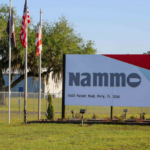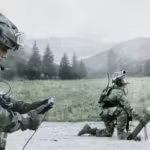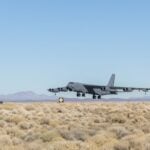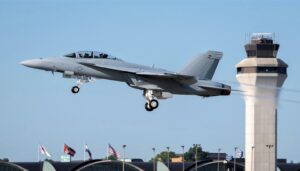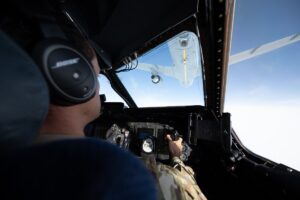
On Jan. 31, Lockheed Martin [LMT] said that if it wins a U.S. Air Force competition for the KC-Y "bridge tanker," the company plans to build the LMXT refueler, based on the Airbus A330, in Mobile, Ala., and Marietta, Ga. "Built on the combat-proven design of the Airbus A330 Multi Role Tanker Transport (MRTT), the LMXT leverages known performance and capability insights from the strategic tanker of choice used by 14 nations around the world to currently refuel fighter, transport…


